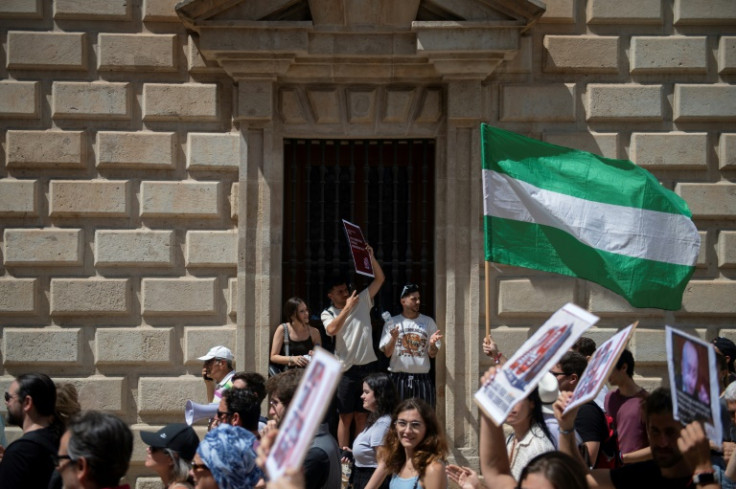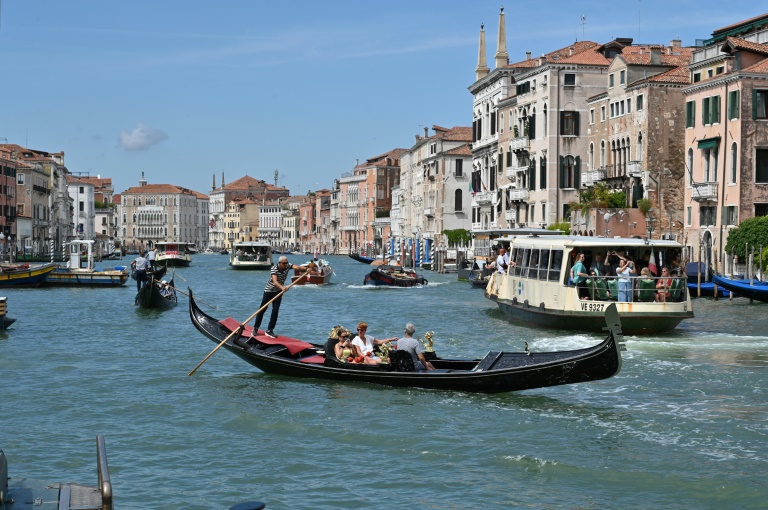As one of the world’s most treasured tourist destinations, Venice has long struggled with the impact of its own popularity.
From climate change to mass tourism, the city has faced it all. Now, local authorities have proposed a bold new measure that could permanently reshape its tourism industry.
After introducing an entry fee in 2024 to curb overtourism, officials are now set to double the charge, extending it to cover more days throughout the year.
With fees rising and restrictions tightening, Venice’s latest move has sparked fierce debate. Is this the future for major tourist hotspots, or an excessive response to the pressures of mass tourism?
A Steep Price for Venice’s Fragility
In 2024, Venice introduced a €5 entrance fee to control rising tourism, straining the city’s infrastructure and environment.
According to officials, the fee was intended to limit visitor numbers during peak seasons and reduce damage to the UNESCO World Heritage site. However, after just one year, the city raised its stakes.
According to the latest reports, the fee for last-minute visitors has jumped to €10 (around $10.25), with an even broader application period. In 2024, the fee was applied on 29 high-traffic days; in 2025, this will be extended to 54 days, from April to July.
Tourists who don’t pay in advance will face this increased rate, while those booking early can still enjoy a discounted entry.
Local officials are confident this step will help protect Venice’s delicate ecosystem. They also said that many Italian and international cities have shown interest in understanding the measure. ‘We confirm that several institutional bodies, both Italian and international, have contacted the City of Venice to gain a deeper understanding of [the fee],’ a spokesperson of the Venice tourism office told Business Insider.
Following in the Footsteps of Other Cities
Venice isn’t alone in taxing its tourists; many of the world’s most popular destinations implement similar policies to mitigate the effects of mass tourism.
In Spain, holidaymakers in Barcelona are charged a tourist tax on their hotel bills, which has just increased to €6.75 a night for five-star hotels, nearly €50 per week. Greece has introduced a €20 ($21) tax on cruise ship visitors to Santorini and Mykonos in peak summer months, while Bali has introduced a $10 tourist tax designed to deter rowdy visitors.
Kyoto, Japan, raised its hotel lodging tax to 10,000 yen ($65), ten times the previous rate. Zermatt, Switzerland, is another place that has introduced measures to regulate tourist traffic.
More remote areas like the Galapagos Islands in Ecuador now charge a steep entrance fee for visitors to their shores; international travellers must pay a $200 entry tax.
Some Locals Reject Venice’s ‘Theme Park’ Transformation
Although the entrance fee has been reported to have brought Venice an extra €2.4 million (about $2.5 million), not everyone agrees with the idea. According to reports, the increase in entry fees has sparked protests from locals, who argue that charging for entry transforms Venice from a romantic city into a ‘theme park.’
A local activist, Matteo Secchi, expressed his frustrations to a media publication. ‘I can tell you that almost the entire city is against it. You can’t impose an entrance fee to a city; all they’re doing is turning it into a theme park. This is a bad image for Venice … I mean, are we joking?’ he said.
The Wider Problem of Overtourism
Venice’s dramatic step is part of a global trend responding to the problems caused by overtourism, which affects major tourist destinations worldwide.
Cities like Barcelona, Paris, and Amsterdam experience the ugly effects of mass tourism, including overcrowding and environmental degradation. According to a 2018 report by the European Parliament, the city of Venice experienced increased air and water pollution due to increased visitors.
Hence, authorities are increasingly attempting to manage visitor numbers through measures such as entrance fees, tariffs, and Airbnb rental regulations. In Spain, people have labelled new regulations against Airbnb as a ‘tourist ban.’

AFP News
As worldwide tourism continues to increase, striking a balance between preservation and visitor demand is becoming increasingly urgent among World Heritage places. Venice’s recent move could be just the beginning, and other cities will likely follow suit.







